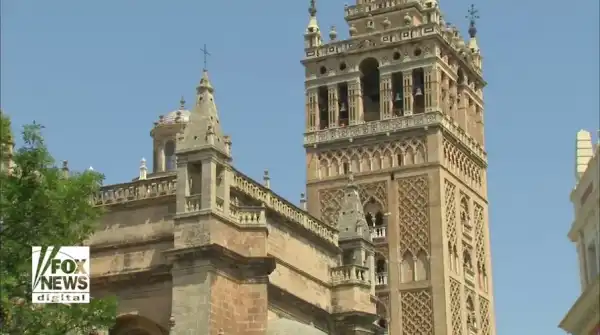
Video Belgian archaeologists discover well-preserved dog dating back to Roman Empire
The SOLVA archaeological service in Belgium has announced the recent discovery of ancient Roman artefacts and remains, including a perfectly preserved dog, in Welzeke. (Source: SOLVA Dienst Archeologie)
Archaeologists exploring an ancient Catholic church in Italy recently stumbled upon an earlier religious symbol: the head of an ancient deity.
The Regional Park of the Appian Way made the announcement of the discovery on Facebook. The park, located in Rome, said it was bidding farewell to the “beautiful stone head.”
The head was discovered during excavations of the Basilica of St. Stephen on the Caelian Hill, built in the fifth century AD.
“[It was] recently found in the archaeological area of the Via Latina tombs on the way to [the city of] Matera,” the park said in a statement on April 10.
“There, the Central Institute of Restoration (ICR) in Matera, with the participation of students from the Higher School of Advanced Restoration (ICR), will undertake documentation, study of the methods of execution and diagnosis of the artefact.”
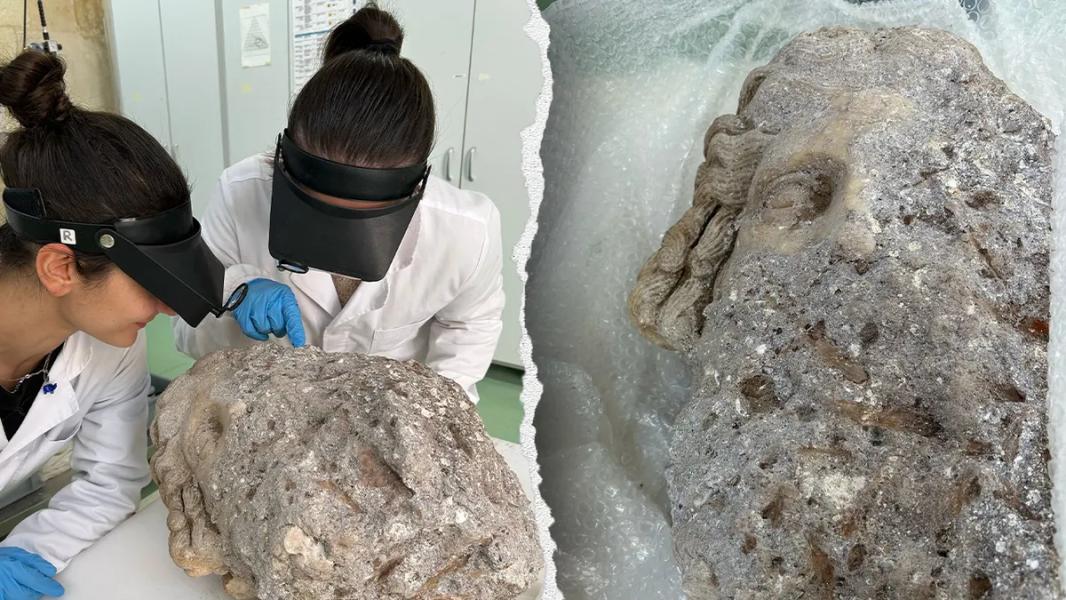
Photos of the stone head still show faint features, although it has deteriorated significantly since antiquity. (Parco Archeologico dell'Appia Antica via Facebook)
The photographs show that the statue has a curly head, although over the past centuries it has clearly become dilapidated and lost its features.
Experts suggest that the bearded male figure depicted on the head of the statue “likely represented a deity.”
It was found in the foundations of the church.
“As a result, the face is covered with a significant layer of solution, which makes it difficult to fully perceive the image,” the park said.
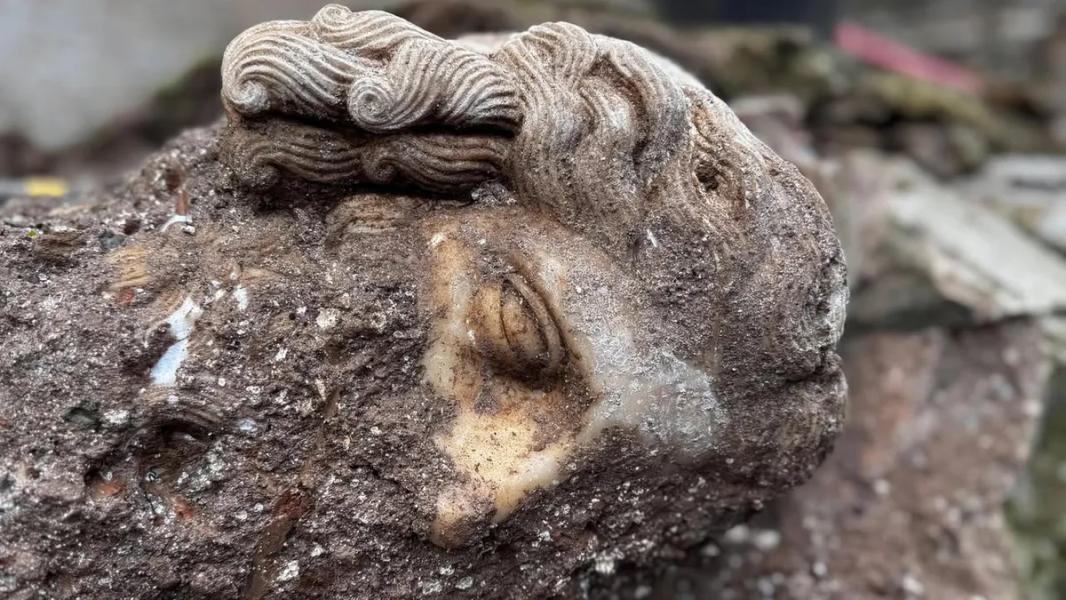
Experts believe the stone statue represented a deity, although in its current state it is difficult to identify. (Parco Archeologico dell'Appia Antica via Facebook)
The Appian Way Regional Park added that its collaboration with the ICR aims to “develop common methodological standards and innovative scientific protocols in the fields of archaeology and restoration.”
“This includes an initial phase of research at the ICR headquarters in Matera and a second phase in the restoration laboratories in Rome, where the restoration work will be completed,” the park concluded.
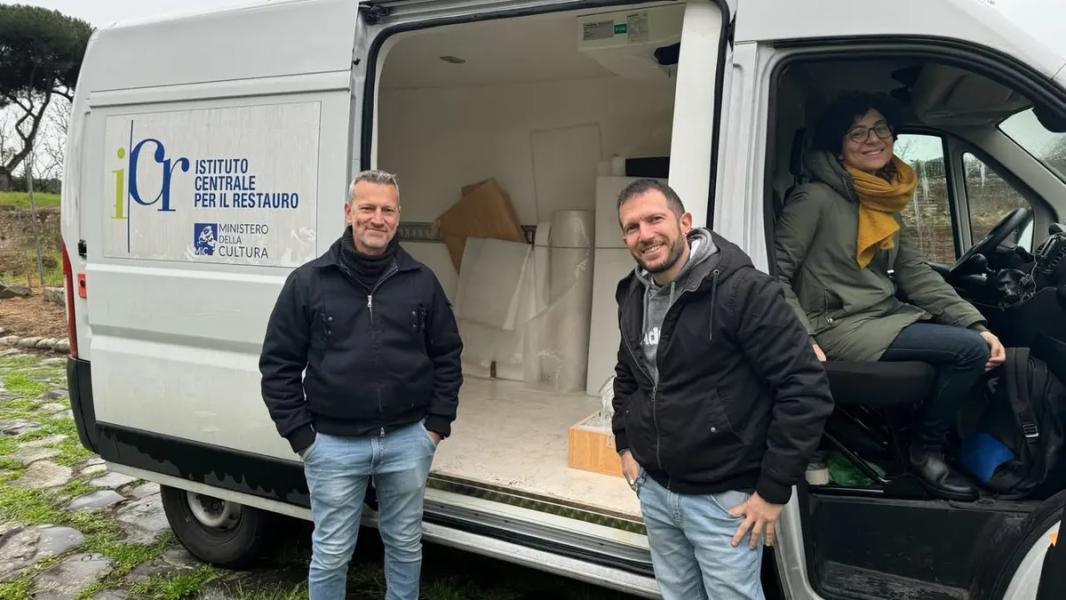
The stone head will be handed over to researchers in Matera, Italy, who will study and restore the artifact. (Parco Archeologico dell'Appia Antica via Facebook)
“The results of the study will contribute not only to specific knowledge about the artifact, but also to the enrichment of the historical and artistic basis of the Appian Way area in the late antique period, providing new elements for understanding the cultural and settlement dynamics of that era.”
Artifacts from Ancient Rome, including statues, are often discovered during archaeological excavations.
Last year, builders found an “exceptionally preserved” ancient Roman marble statue in Bulgaria.
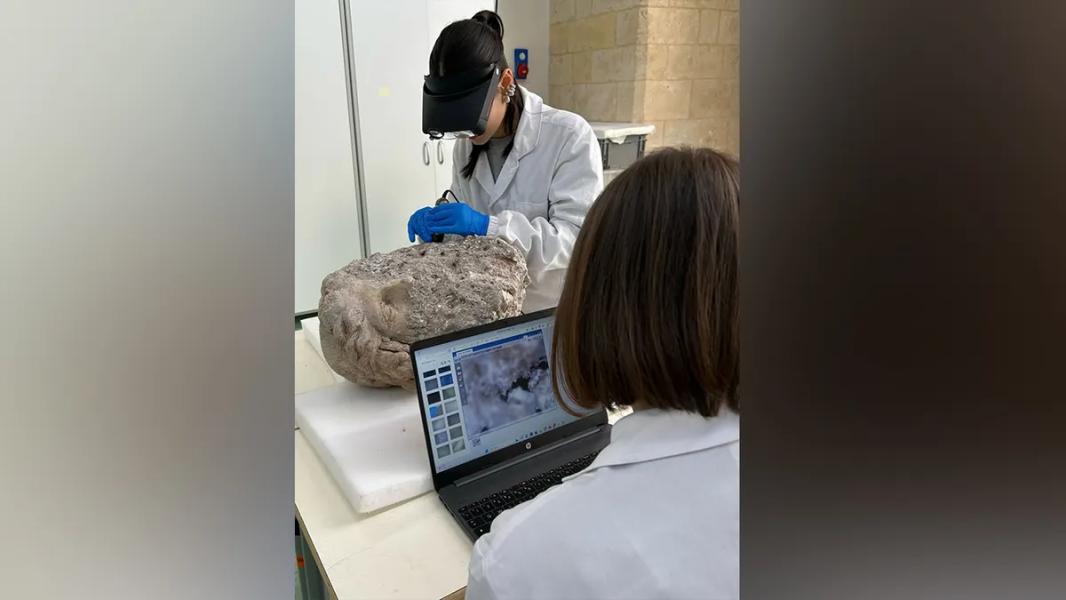
The discovery was announced by the Regional Park of the Appian Way, an archaeological park in Rome, Italy. (Parco Archeologico dell'Appia Antica via Facebook)
In recent months, other ancient statues have been discovered.
In January, a 2,000-year-old marble statue was found in a trash bag near the Greek city of Thessaloniki.
Sourse: www.foxnews.com


